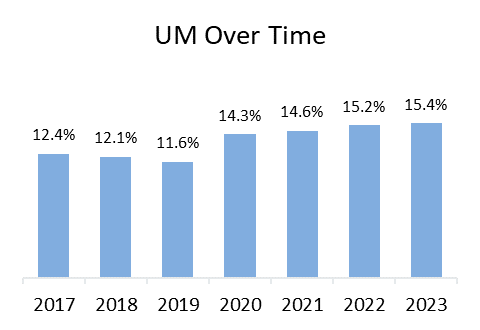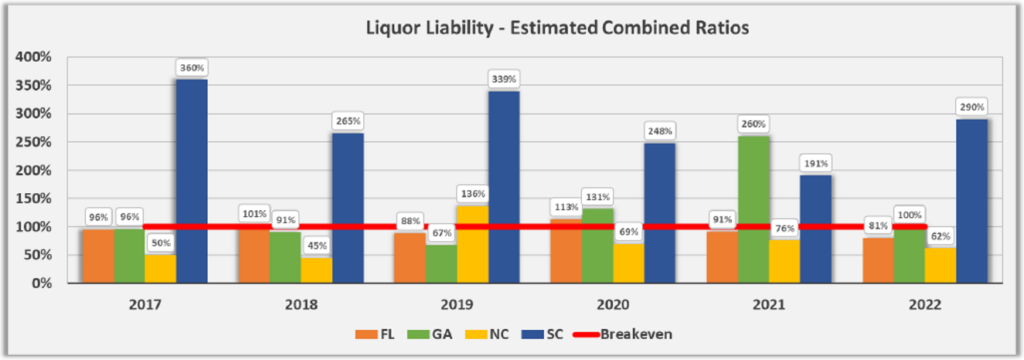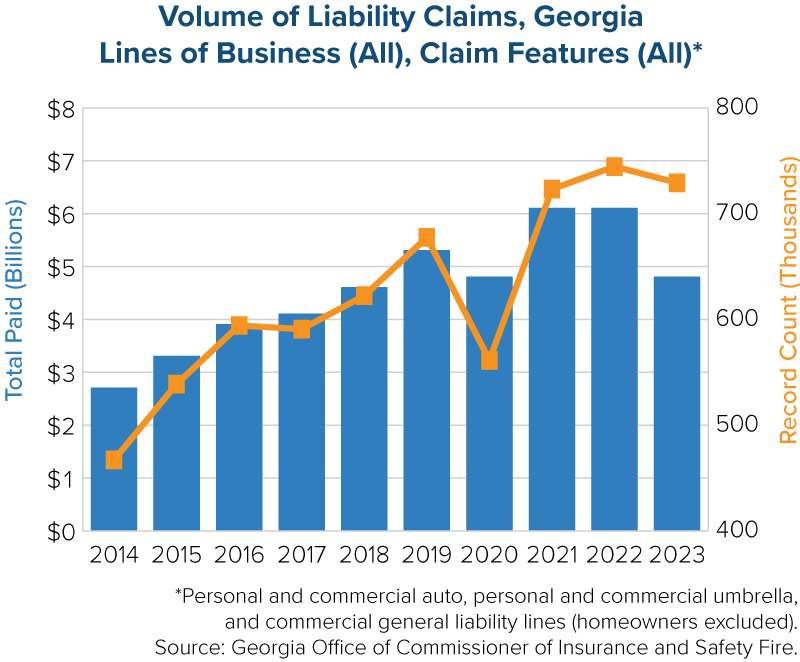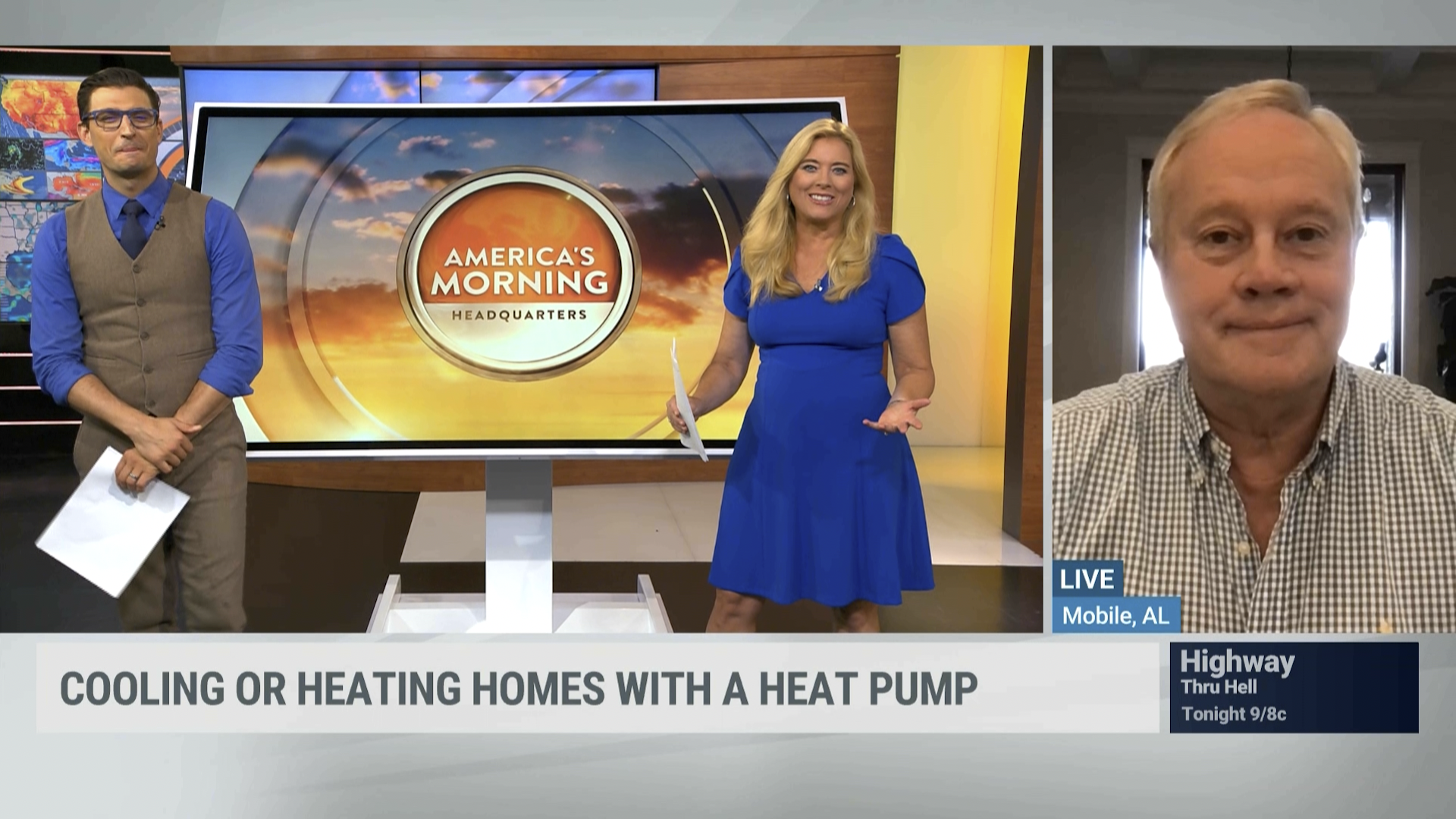
Max Dorfman, Research Writer, Triple-I
State prohibitions on cellphone use while driving correlate with reduced crash rates, according to recent research by the Insurance Institute for High Safety (IIHS). However, overall results were mixed among the states studied, with different legal language, degrees of enforcement, and penalty severity, providing possible explanations for the differing outcomes.
The study observed crash rate changes in California, Oregon, and Washington after legislation to prevent cellphone calls and texting while driving was enacted in 2017, with the research looking at overall numbers from 2015 to 2019. These numbers were compared to control states Idaho and Colorado.
Notably, the study found:
- A 7.6 percent reduction in the rate of monthly rear-end crashes of all severities relative to the rates in the control states;
- Law changes in Oregon and Washington were associated with significant reductions of 8.8 percent and 10.9 percent, respectively;
- California did not experience changes in rear-end crash rates of all severities or with injuries associated with the strengthened law.
Still, state governments face several hurdles in their efforts to prevent crashes caused by cellphone use.
“Technology is moving much faster than the laws,” said Ian Reagan, a senior research scientist at IIHS. “Our findings suggest that other states could benefit from adopting broader laws against cellphone use while driving, but more research is needed to determine the combination of wording and penalties that is most effective.”
Distracted driving remains a major issue
Distracted driving remains a significant problem on roads nationwide. Indeed, distracted driving increased more than 30 percent from February 2020 to February 2022, due largely to changes in driving patterns spurred by the coronavirus pandemic, according to research by telematics service provider Cambridge Mobile Telematics.
The Governors Highway Safety Association (GHSA) reported that more than 3,100 people died in distraction-related accidents in 2020, with an estimated 400,000 people injured each year in such crashes. The true numbers, according to the study, are likely higher due to underreporting. The report also found that cell dial, cell text, and cell-browse were among the most prevalent and highest-risk behaviors.
Telematics can help
Telematics, which uses mobile technology to track driver behavior and provide financial incentives to drive less and often and more carefully, can help reduce dangerous driving. The more consumers positively react to the incentive, the less they pay for their insurance.
Research from the Insurance Research Council – like Triple-I, a nonprofit affiliate of The Institutes, focused on this exact issue, studying public perception and use of telematics. The study found that 45 percent of drivers surveyed said they made significant safety-related changes in the way they drove after participating in a telematics program. Another 35 percent said they made small changes in the way they drive.
During the pandemic, insurance consumers’ comfort with the idea of letting their driving be monitored in exchange for a better premium appeared to improve. In May 2019, mobility data and analytics firm Arity surveyed 875 licensed drivers over the age of 18 to find out how comfortable they would be having their premiums adjusted based on telematics variables. Between 30 and 40 percent said they would be either very or extremely comfortable sharing this data. In May 2020, they ran the survey again with more than 1,000 licensed drivers.
“This time,” Arity said, “about 50 percent of drivers were comfortable with having their insurance priced based on the number of miles they drive, where they drive, and what time of day they drive, as well as distracted driving and speeding.”










